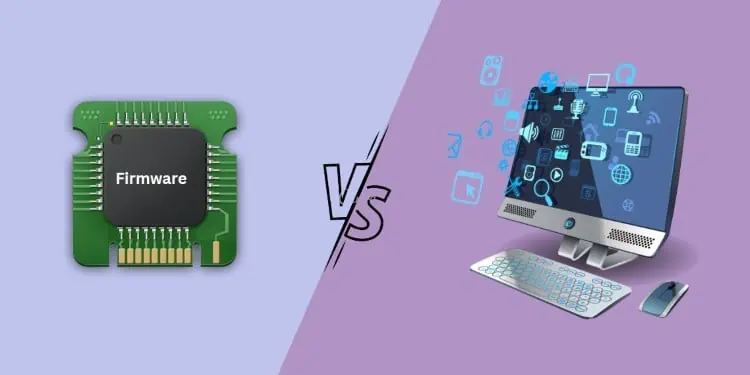Software is a common computing term that we use pretty often. It is what makes our computers usable in our daily lives.
But what is firmware, and what does it actually do? How does it differ from software, and is it really required for your device?
Well, firmware falls under the category of software. However, it is different from typical software in the manner it operates, its development, and many other factors. In this article, we will dive into the details of both of these and figure out all the differences.
What is Firmware?
Firmware is software that is integrated into the hardware to control it. This piece of software is designed using low-level programming languages and is embedded into the non-volatile memory—for instance, PROM.
Firmware is required to keep a computer functional even in the absence of all other software. All it does is initiate the basic instructions on a computer, and it does not even require an operating system, unlike the software.
When you check the layers of computer architecture, you will find firmware right above the hardware. This indicates that firmware resides on the hardware and loads immediately after the device is turned on. This is what distinguishes firmware from software.
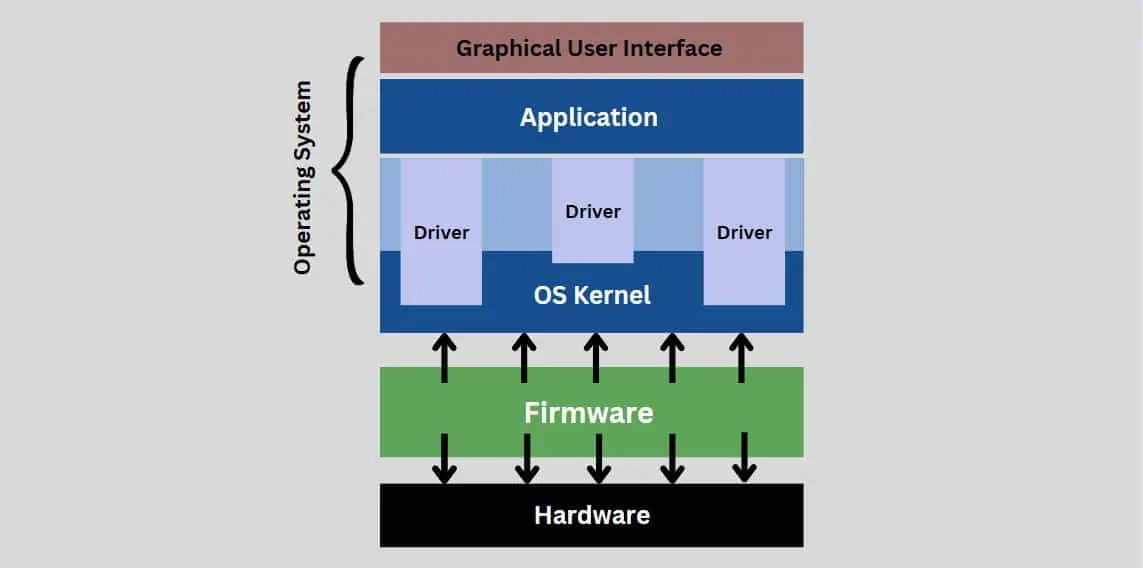
Firmware is classified into low-level, high-level, and subsystem firmware. A low-level firmware cannot be updated or rewritten, while high-level ones allow updates. A subsystem firmware comes with an embedded system and also can be updated. Moreover, such firmware is more sophisticated than low-level firmware.
One common example of Firmware is the Basic input/output system (BIOS) that resides inside the ROM of the computer’s motherboard. BIOS is responsible for initializing the hardware prior to handing the system controls over to the operating system. This is the primary function of most firmware.
What is Software?
Software is a program, algorithm, and procedure that instruct the computer to perform a specific set of functions. From the operating system to the applications that you use on the computer, they all fall under the category of software.
The software gives a user interface to your computer, manages your data, and offers multiple tools to perform a wide range of tasks. Software is a broad term—the firmware on your motherboard or the router itself is software embedded inside the hardware.
From the hardware initialization perspective, the thing that makes the firmware different from the software is that firmware loads first after a computer is powered on. The control over the device is later handed over to the system software or the operating system.
Broadly speaking, the software is usually classified into two types—system software and application software. The system software acts as a mediator between the user and the hardware. An operating system, for instance, is an example of such software. Such a software category manages the computer’s resources, provides a user interface that you can work with, and even offers a platform for developers to write programs.
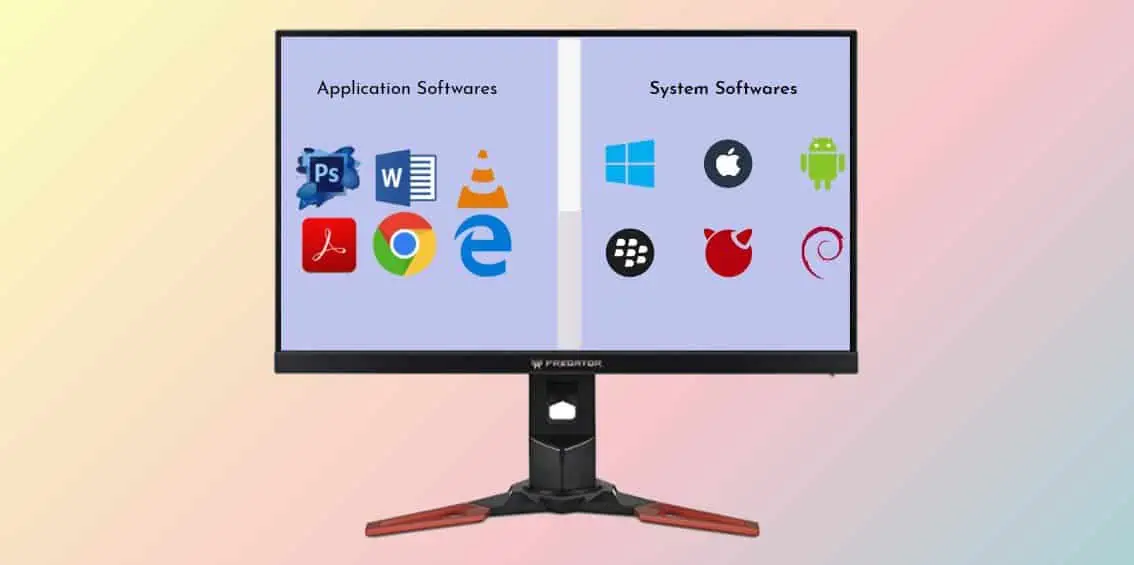
The system software lets you access the application software such as the web browser, office suite, or Graphics/designing programs. The application software that we use on our computers runs on top of the operating system.
Differences Between Firmware and Software
Here are some other factors that make firmware and software different from each other.
Storage
Firmware is stored in non-volatile media such as ROM, EPROM, and flash memory. Because of this, the integrity of the firmware will not be compromised even when the hardware stays without power for a long time.
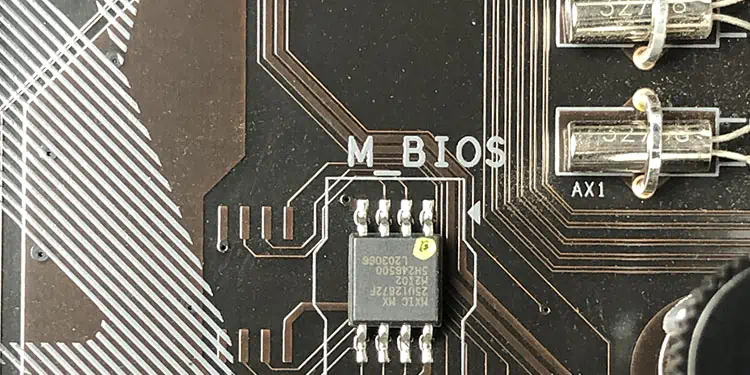
Since the contents inside the ROM cannot be altered, some hardware manufacturers add a modifiable layer to the firmware (on PROM or EPROM) that can be updated. This firmware implementation is commonly seen in modern computers that come with a separate EPROM chip for storing the BIOS settings.
Similarly, the software is stored on external storage devices such as hard drives. When you open system software, the system loads up its files and temporarily stores them in the RAM.
In terms of memory usage, firmware occupies much lesser space than software. Some firmware takes a few KBs of storage space because of the limited function they perform. In contrast, the software might even fill up GBs of storage space on your hard drive.
Usage
When it comes to usage, Firmware is used to load initialization instructions, drivers for the available hardware components, map memory, registers, network adapters, and other components and peripherals on the computer. So, hardware can not operate without firmware.
However, if you need to make practical use of the computer, you will require software. A computer without software will have no user interface to work with and will not be very useful.
You will require an operating system to begin with. On the top of the operating system, you can install other software such as web browsers, games, or other applications that you want.
Functionality
Firmware is embedded software tied into the hardware that is responsible for controlling the low-level functions of the device. In order to control the operations of any computing device, such as your printer, network adapter, or router, you will need firmware.
On the other hand, software functions on top of an operating system and is designed for specific tasks such as gaming, internet browsing, or word processing.
Programming Language Used
One of the major differentiating factors that set apart the firmware and software (Application software specifically) is the type of programming languages that are used to write them.
Firmware is typically written using assembly or similar low-level languages. This allows the users to make optimized embedded firmware for particular hardware, such as the motherboard.
However, there is firmware that is programmed using both assembly and some high-level languages. The modern BIOS and UEFI systems have been written using assembly for some lower-level bits, along with C for the remaining parts.
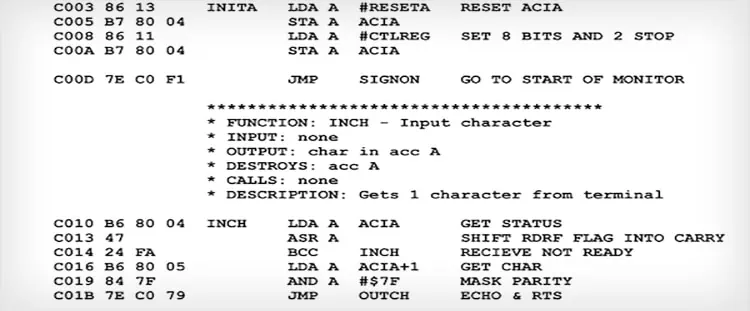
On the contrary, the application software that we use all the time, such as the web browser or image processing software, is most often written using high-level languages such as Java, C++, or Python.
Update Mechanism
If you ever receive a software update on your device, it will only affect and make changes in the level of the Operating system or the application installed in it. A firmware update is, however, associated with the hardware components installed on the computer.
A firmware update can optimize the hardware performance but will not make any extra additions to the feature currently offered by the hardware. However, you may see that with each software update, there can be performance improvements, feature additions, and bug fixes.
The frequency of firmware updates usually depends upon the hardware manufacturer—in most cases, they are rolled out quite rarely.
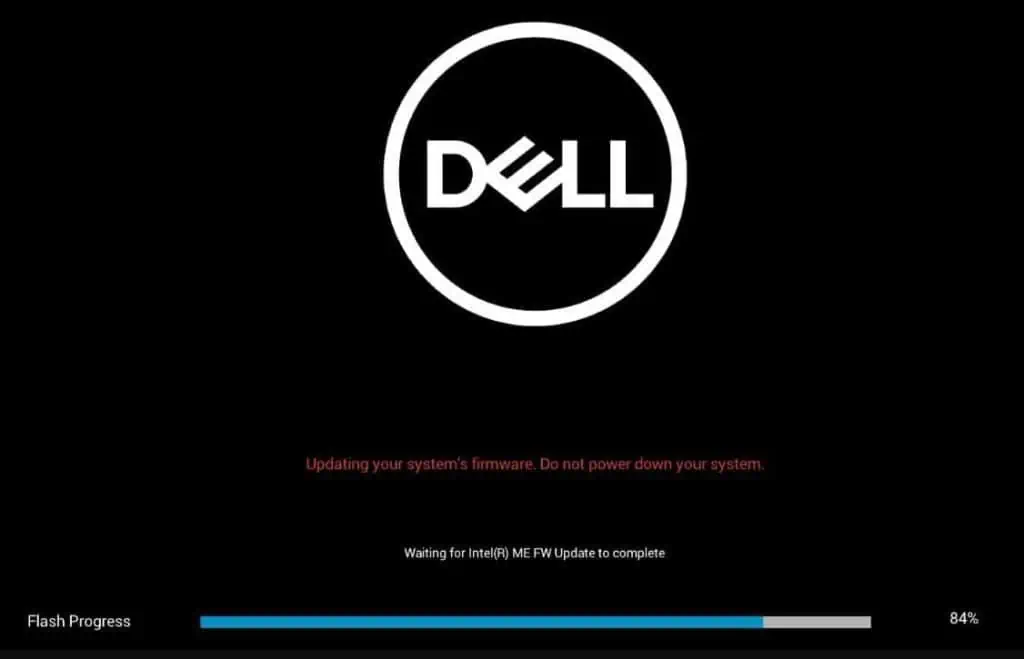
Another important thing to remember is that you may brick your hardware if the firmware update isn’t performed correctly. With the software updates, you can roll back into the previous state in case the update process is halted for some reason.
User Interaction
A normal computer user will not require to access or interact with the firmware. Firmware runs in the background, and a user will not even know that it is functioning. Only in some rare situations do users interact with it.
Most firmware does not come with a user-friendly interface, and its access may be restricted in some cases. Whereas regular software is designed with the intention of user interactivity. The software requires the involvement of the user to get the most out of it.
Word processing software, for example, will need a user to operate it, and its interface has been designed accordingly for the user’s convenience.
Customization
A firmware is customized to be compatible and optimized for specific hardware. Firmwares are also most often developed by the Original Equipment Manufacturer (OEM).
Software is commonly developed by third-party vendors and is also not optimized for all hardware. Software is mostly generic that are designed by keeping many clients in mind to meet their general requirements, for instance, Photoshop.
Unlike firmware, software is not hardware-oriented but is focused on the specific needs of the user.
Summing Up
At the end of the day, both firmware and software are important aspects of computer architecture. Here is a summarized comparison of Firmware and Software for a quick overview.
| Basis of comparison | Software | Firmware |
| Operability | Operate on the top of the Operating system (E.g., Windows) and isn’t directly associated with the hardware. | Operate between the operating system and the hardware and hands out the system control to the operating system. |
| Usage | Operating the computer and performing specific computing tasks such as gaming, web browsing, etc. | Initializing the hardware components and making the computer function. |
| Storage | Secondary storage devices such as hard drives. | Non-volatile storage such as ROM, EEPROM, etc. |
| Programming Languages | Use high-level languages. | Use assembly plus some high-level languages such as C, Python, C++, etc. |
| Size | Bigger in size (ranges from a few Kilobytes to Gigabytes). | Have a lightweight design, and its size may range within a few kilobytes (KB). |
| Updates | Rolled out in higher numbers and updating software is easy. | Rarely rolled out and performing firmware update is complex. |
| User interaction | Software is designed for user interactivity. | Users barely need to access the firmware. |
| Modifications | Software can be modified through updates. | The process for firmware modification is complex—in most cases, modification is impossible. |
| Examples | Operating systems, Web browsers, word processing systems, image editors, software development tools, etc. | BIOS and embedded systems for running different devices such as routers, monitors, and so on. |

